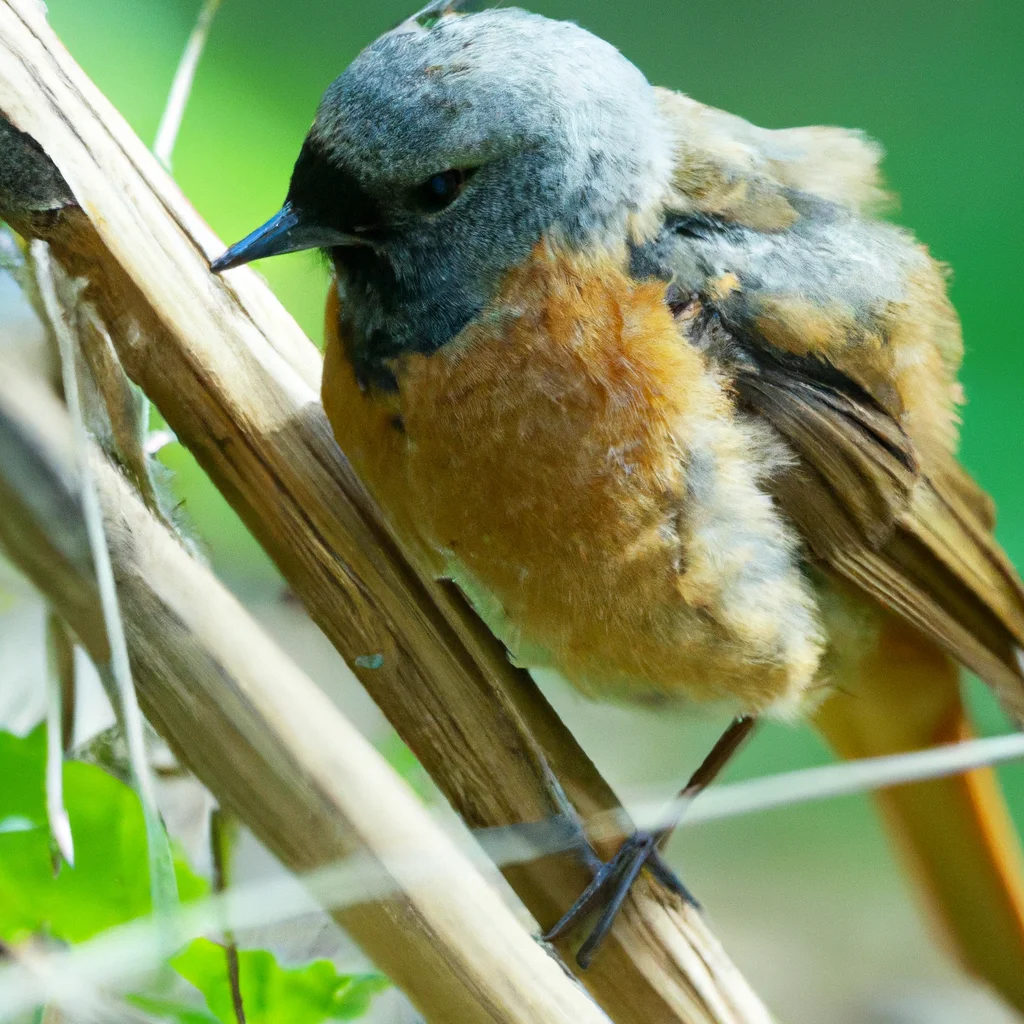What are the techniques of wildlife photography?


What are the techniques of wildlife photography?
Wildlife photography is one of the most challenging yet rewarding genres of photography. It involves capturing images of animals in their natural habitat, often in the wild. Whether you are a beginner or an experienced photographer, there are some techniques you can use to enhance your wildlife photography skills. In this guide, we will look at some of the most effective wildlife photography techniques and tips that can help you capture stunning wildlife photos.
1. Know your equipment
Before you start photographing wildlife, it’s essential to know your camera and its settings inside out. Wildlife photography requires a high-quality camera with a fast shutter speed and a long lens. A tripod and a remote shutter release can also come in handy. Familiarize yourself with your camera’s manual mode and learn to adjust settings such as ISO, aperture, and shutter speed to suit your surroundings.
2. Research your subject
Researching your subject is crucial to capturing great wildlife photographs. Learn about the animal’s behavior, habitat, and movements to increase your chances of capturing a shot of it in action. Researching also helps you to identify the best time of day and the ideal location to photograph the animal.
3. Stay patient
Wildlife photography requires patience. You can spend hours waiting for the perfect shot, so it’s essential to stay calm and focused. Observe your surroundings and anticipate the animal’s movements. Avoid making sudden movements or loud noises that can scare the animal away.
4. Use the right lighting
The right lighting can make or break a wildlife photograph. Early morning and late afternoon are the best times to photograph wildlife as the light is soft and warm. Avoid photographing in harsh sunlight as it can create harsh shadows and overexposed images. When shooting in low light, consider using a fast lens or increasing your camera’s ISO.
5. Compose your shots creatively
Composition is key to capturing stunning wildlife photographs. Consider the rule of thirds and use leading lines and curves to draw the viewer’s eye towards the subject. Experiment with different angles and perspectives to create unique and dynamic images.
6. Use a fast shutter speed
Capturing sharp images of wildlife requires a fast shutter speed. A shutter speed of at least 1/500th of a second is recommended for photographing animals in motion. If you’re shooting in low light, consider using a wider aperture to allow more light in or increasing your camera’s ISO.
7. Focus on the animal’s eyes
The eyes are the most critical part of any wildlife photograph. Ensure that the animal’s eyes are in sharp focus as they convey emotion and add depth to the image. Use your camera’s autofocus or manual focus to focus on the eyes.
8. Be respectful of the animals
As a wildlife photographer, it’s essential to respect the animals you’re photographing. Avoid disturbing their natural habitat or interfering with their behavior. Keep a safe distance from the animals and avoid putting yourself or the animal in danger.
9. Be prepared for the unexpected
Wildlife photography can be unpredictable, so it’s important to be prepared for the unexpected. Always have spare batteries and memory cards, and keep your equipment clean and dry. Consider investing in a rain cover for your camera to protect it from the elements.
In conclusion, wildlife photography is a challenging yet rewarding genre of photography. By following these tips and techniques, you can improve your wildlife photography skills and capture stunning images of animals in their natural habitat. Remember to be patient, respect the animals, and always be prepared for the unexpected. With practice and perseverance, you can become a skilled wildlife photographer and create images that inspire and captivate your audience.
Recent Posts
How do I create an engaging and informative online quiz or assessment?
Creating an engaging and informative online quiz or assessment can be a powerful tool for… Read More
What are the most effective methods for managing and reducing work-related stress in the hospitality industry?
Work-related stress is a common issue in the hospitality industry, where employees often face long… Read More
How can I improve my assertiveness and communication skills in a leadership position?
In a leadership position, assertiveness and effective communication skills are crucial for success. Being able… Read More
What are the key elements of a successful employee recognition and rewards program?
Employee recognition and rewards programs play a crucial role in motivating and engaging employees, as… Read More
How do I effectively manage and respond to customer feedback and reviews?
Customer feedback and online reviews play a crucial role in shaping a company's reputation and… Read More
What are the best strategies for effective time management as a stay-at-home parent?
Effective time management is crucial for stay-at-home parents who juggle multiple responsibilities on a daily… Read More